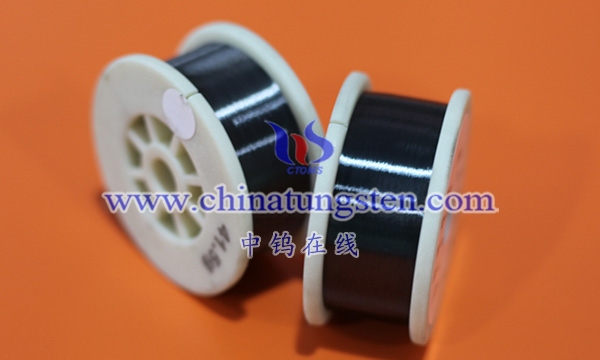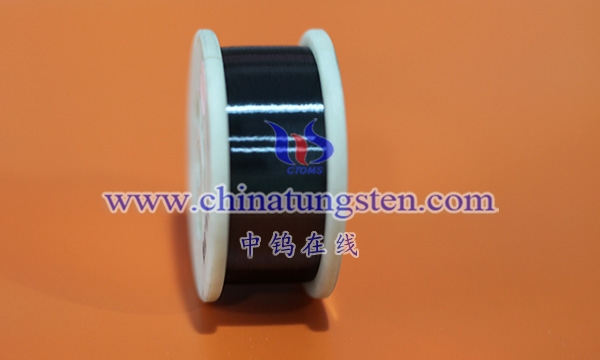Tungsten wire, especially tungsten-rhenium alloy wire, can indeed be used in the manufacture of thermocouple sensors. The following is a detailed explanation of this point of view:
- The application principle of tungsten wire in thermocouple sensors
Thermocouple sensors are devices that measure temperature based on thermoelectric effects (such as the Seebeck effect). When two conductors of different materials are connected into a closed loop and placed in a temperature gradient field, a thermoelectric potential will be generated in the loop, which is proportional to the temperature gradient. Tungsten wire, especially tungsten-rhenium alloy wire, has become an ideal material for manufacturing thermocouple sensors due to its high temperature stability and thermoelectric properties.
- Advantages of tungsten-rhenium alloy wire
High temperature stability:
Tungsten-rhenium alloy has excellent stability at high temperatures and can maintain its physical and chemical properties unchanged. This enables tungsten-rhenium alloy wire to work stably for a long time in a high temperature environment, ensuring the accuracy and reliability of thermocouple sensors.

Thermoelectric properties:
Tungsten-rhenium alloy has good thermoelectric properties and can generate significant thermoelectric potential. This makes thermocouple sensors made of tungsten-rhenium alloy wire have high sensitivity and measurement accuracy.
Corrosion resistance and oxidation resistance:
Tungsten-rhenium alloy has good corrosion resistance and oxidation resistance, and can be used for a long time in harsh environments without performance changes. This further extends the service life and reliability of thermocouple sensors.
- Application of tungsten-rhenium thermocouple sensors
Tungsten-rhenium thermocouple sensors are widely used in various high-temperature measurement occasions, such as aircraft engine turbine temperature measurement, vacuum furnace temperature measurement, etc. Its high temperature stability and high precision make tungsten-rhenium thermocouple sensors an indispensable temperature measurement tool in these fields.
- Preparation process of tungsten-rhenium thermocouple sensors
The preparation process of tungsten-rhenium thermocouple sensors usually includes the following steps:

Material selection:
Select suitable tungsten-rhenium alloy wire as the thermocouple material.
Processing and molding:
Process the tungsten-rhenium alloy wire into the required shape and size. For example, the preparation of thin-film thermocouples requires the use of magnetron sputtering and other technologies to deposit the tungsten-rhenium alloy on the substrate.
Welding and packaging:
The processed tungsten-rhenium alloy wire is welded and packaged with other components to form a complete thermocouple sensor.
Performance test:
Perform performance tests on the prepared thermocouple sensors, including static performance tests and dynamic performance tests, to ensure their accuracy and reliability.
More details of tungsten wires, please visit website: http://tungsten.com.cn/tungsten-wires.html
Please contact CHINATUNGSTEN for inquiry and order of tungsten needles:
Email: sales@chinatungsten.com
Tel.: +86 592 5129595






